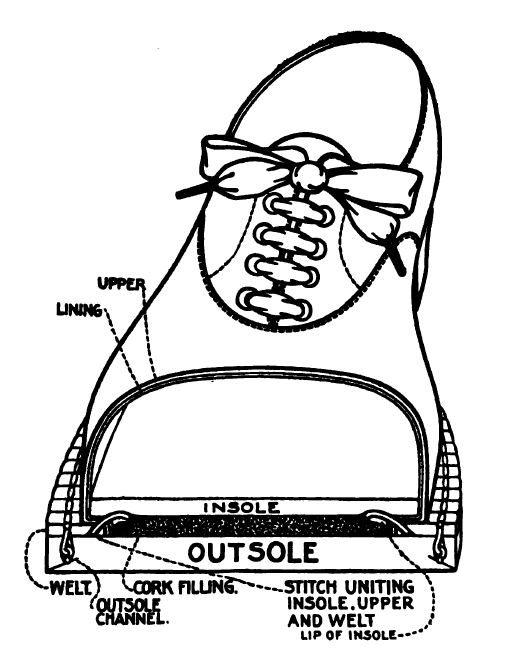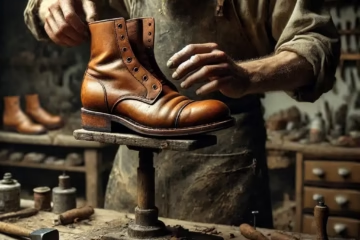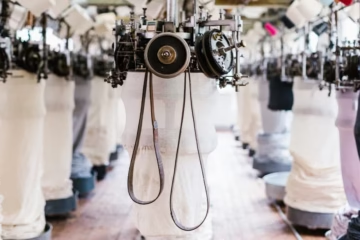Introduction to the Goodyear welt.
Published by Tom on
Many who are reading this probably have heard or read about Goodyear welt or Goodyear welted soles. Also probably wondered, “what is a Goodyear welt?”, but didn’t really bother to search for it, or ended up here to read about it.
Sure, you can probably get cheap shoes from anywhere these days and most of the shoes that people wear are not Goodyear welted or has any other welt, but why do people look for shoes those are Goodyear welted? Is Goodyear welt just a marketing scheme to bump up the price? Are you sure that everyone on Reddit or Shoe forums are right when they talk about Goodyear welted shoes?
In a nutshell, Goodyear welted soles have really great characteristics and have proven its usefulness for over one hundred years. So when people talk about the standards of a great pair of shoes, it has become a norm that the shoes have to be Goodyear welted.
Okay, if a lot of the great shoes are Goodyear welted, what is Goodyear welt?
How is Goodyear welt made?
Goodyear welted sole was invented by Charles Goodyear Jr. in 1869. He was an inventor who had an interest in shoemaking. Goodyear’s welting machine was a revolutionary invention to attach the sole to a shoe. Before this machine, all the shoes had to be hand welted which was a very long and tiring process.
1 The welt of the shoe gets sewn to the upper of a shoe; holding the welt and the upper together tightly. This welt usually is attached all around the shoe, which is also called 360 degrees Goodyear welt. There are shoes partially Goodyear welted like 270 degrees Goodyear welt which only covers the forefoot area.
2 The space between the welts is usually filled with materials like corks or felt. Some shoes or boots have metal or carbon fiber shanks in them for extra stability.
3 To hold the outsole of the shoe is attached to the main part of the shoe afterward, usually with cement or hide glue. The heel of the shoe usually gets nailed in to secure the position.
Characteristics of Goodyear welted sole.
Goodyear welted shoes are known to be sturdy, waterproof, and resoleable (reusable).
Sturdy: The Goodyear welt method stitches the welt and sole to the upper of the shoes. The stitches are sewn tight and densely. Even if one of the stitches break or gets untied, the rest of the stitches will hold the sole with the upper. Compared to a regular cheap pair of shoes which are just glued on they will last longer and be more sturdy.
Waterproof: The Goodyear welt has an extra layer that the water needs to go through. It’s ideal to wear during a rainy day, but don’t forget to dry your shoes well for the next use. Although it is waterproof, don’t go swimming or jump into ponds with them!
Resoleable: The Goodyear welted shoes allow their soles to be relatively easily removed and resoled. Any local cobblers will know how to do this or you can send your shoe back to your manufacturer to get it repaired and resoled.
Economical: When your shoes are really sturdy and virtually reusable in the long run it will save you a lot of money and also be good for the environment. When you take a good care of your shoes, you can use your shoes for over a decade or possibly even more. Yes, they are more expensive to purchase at the beginning.
The general price of Goodyear welted shoes range from $200 ~ $400 in general (They do go higher depending on the manufacturer). For example if we buy any other shoes they are priced anywhere below $200 and if we can only wear that for a year on average, in the long run, Goodyear welted shoes are more economical for your pocket and environmentally friendly. Also because most of the materials used are bio-degradable, like leather, corks, and felt.
First time buyer recommendation
Okay, now we know that Goodyear welted shoes are amazing and now you want to buy them. Where do we start? I will give some brand options for the readers, who it’s their first time buying Goodyear welted shoes so that you can check it out.



